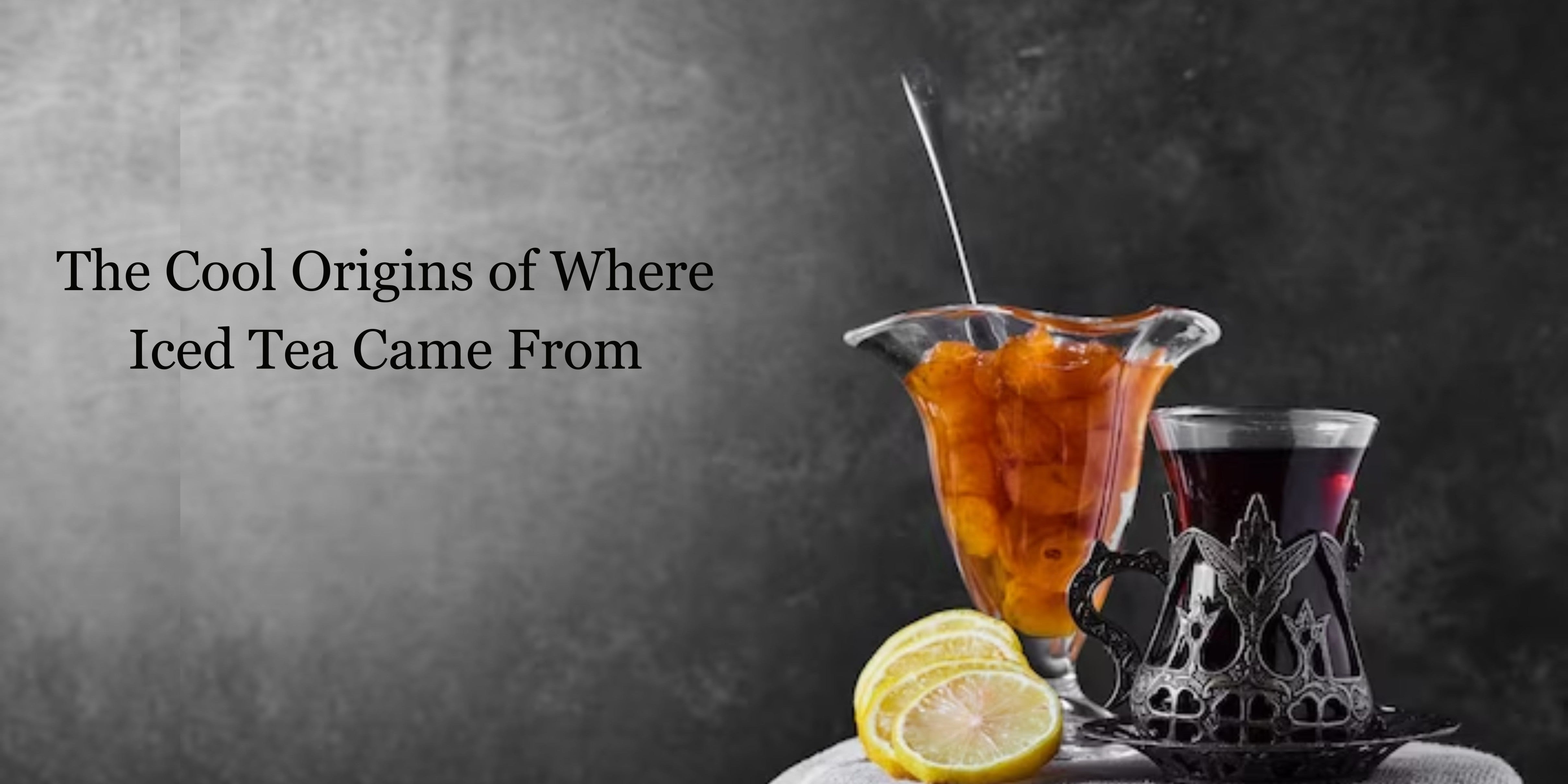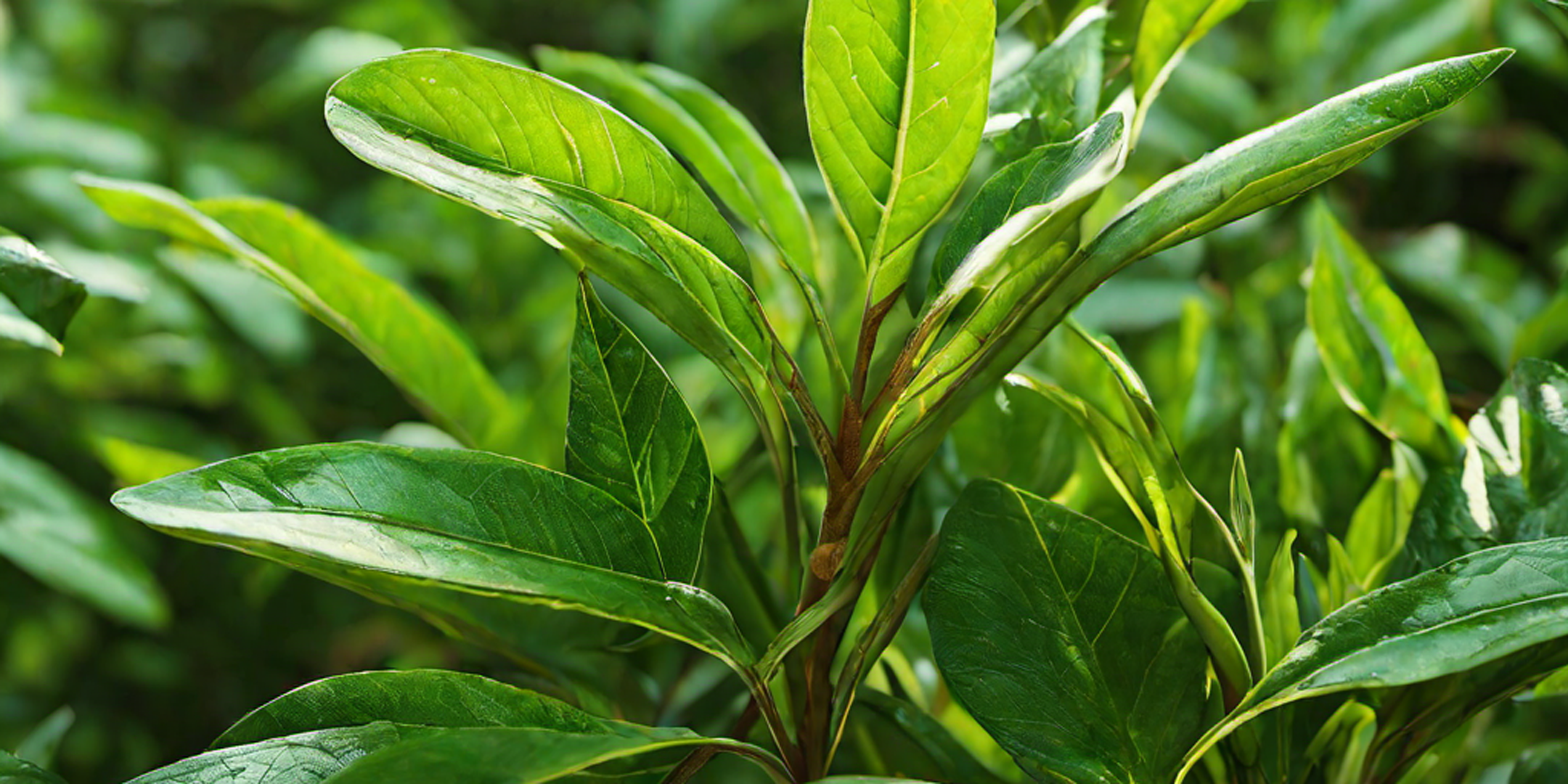In the realm of tea enthusiasts, there exists a plant that reigns supreme, revered for its versatility, flavor, and cultural significance. Enter Camellia Sinensis, an unassuming evergreen shrub that has captivated minds and palates for centuries. From the misty hillsides of China to the sprawling estates of India, this remarkable plant has left an indelible mark on global culture, commerce, and well-being.
Origins and Cultivation
The story of Camellia Sinensis traces back thousands of years to ancient China, where its leaves were first discovered to yield a delightful infusion when steeped in hot water. Since then, it has been cultivated across various continents, from the tea gardens of Assam to the high-altitude plantations of Kenya. This hardy plant thrives in diverse climates, ranging from tropical to temperate, with each region imparting its unique character to the final brew.
Varieties and Flavors
One of the most fascinating aspects of Camellia Sinensis is its incredible diversity. Within this single species lie a multitude of cultivars, each boasting distinct flavor profiles, aromas, and brewing characteristics. Whether it's the delicate floral notes of a Darjeeling first flush or the robust, malty tones of an Assam black tea, there's a Camellia Sinensis variety to suit every palate and occasion.
Processing Techniques
The journey from leaf to cup involves a series of meticulous steps, each crucial in shaping the final product. Camellia Sinensis leaves can undergo various processing methods, including oxidation, rolling, drying, and fermentation, giving rise to an extensive range of tea types such as white, green, oolong, and black. The artistry lies in the hands of skilled tea masters who masterfully manipulate these techniques to coax out the desired flavors and aromas from the leaves.
Health Benefits
Beyond its enchanting taste and aroma, Camellia Sinensis offers a plethora of health benefits that have been extolled for centuries. Rich in antioxidants, vitamins, and minerals, tea brewed from its leaves is believed to promote heart health, boost metabolism, enhance cognitive function, and even lower the risk of certain chronic diseases. With each sip, one not only delights the senses but also nourishes the body and soul.
Cultural Significance
Tea, derived from Camellia Sinensis, has transcended its humble origins to become a symbol of hospitality, refinement, and social connection worldwide. From traditional Japanese tea ceremonies to British afternoon tea rituals, its presence pervades diverse cultures and traditions, uniting people across continents in a shared appreciation for this ancient elixir.
Looking to the Future
As we navigate an ever-changing world, the allure of Camellia Sinensis remains undiminished, promising a journey of discovery with each cup. With growing awareness of its cultural heritage, environmental impact, and health benefits, there is renewed interest in sustainable cultivation practices, artisanal craftsmanship, and innovative tea blends.
In conclusion
Camellia Sinensis stands as a testament to the power of nature to inspire, nourish, and unite. Whether enjoyed alone for a moment of quiet reflection or shared amongst friends in lively conversation, its leaves carry within them the essence of tradition, innovation, and the boundless joys of discovery. So let us raise our cups to this remarkable plant and savor the magic it bestows upon us, one sip at a time.




